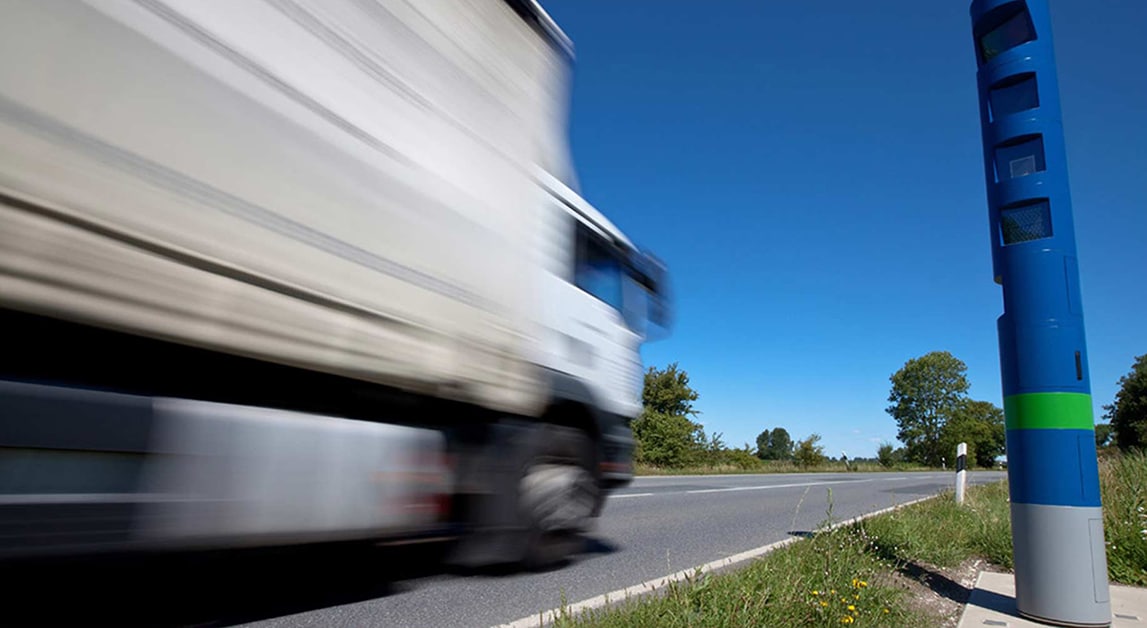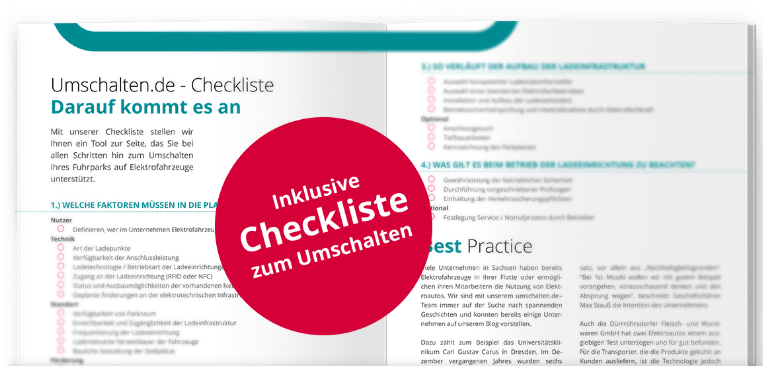40,000 kilometres of toll road were added to the existing 12,000 kilometres in July. The reason: Since then, all vehicles and vehicle combinations over 7.5 tonnes have to pay a fee for the use of all federal roads. E-trucks offer a way out.
The federal government is closing the gaps in the route network that companies - mostly in long-distance freight transport - have used so far to avoid the toll. The toll on all federal roads now also affects regional and local transport. Inner-city federal roads will also be subject to tolls.
Toll-free and subsidised: E-freight transport on its way into the future.
NEW TOLL PAYERS
This means that the federal road toll will also affect companies with a small operating radius that have not had to worry about this issue until now. The costs are the same as those already levied for the approximately 12,000 kilometres of motorways and federal roads. The German government only decided on a toll increase for 2019 in May 2018. The toll for conventional drives is calculated on the basis of the number of axles and the environmental friendliness of the trucks. From 2019, a new component will be added to the environmental compatibility or incompatibility: noise. From then on, 7.2 billion instead of the previous 4.8 billion euros will flow into the state coffers annually.
EXEMPTION FOR ELECTRIC TRUCKS
The question of a low-emission and quiet alternative has already been answered by the federal government. E-trucks will be exempt from the toll from 2019. The highlight of this is that not only the emissions component will be eliminated, but also the infrastructure contribution determined by the number of axles. The savings add up to several thousand euros per vehicle per year, explained Federal Transport Minister Andreas Scheuer.
If you are interested in more innovations around the topic of trucks, take a look at our article on solar trucks!
MINISTRY PROMOTES ALTERNATIVE DRIVES
In addition, the minister has presented a funding guideline for energy-efficient orlow-CO2 trucks(funding guideline). Starting in July, applications for funding are to be submitted to the Federal Office for Goods Transport (BAG). The ministry wants to grant subsidies of 12,000 euros for LNG and electrically powered vehicles up to 12 tonnes. 40,000 euros is the grant for electric vehicles over 12 tonnes. The grant is limited to 500,000 euros per company.
E-FREIGHT IS STILL BEING RESEARCHED
Toll exemption and funding point the way to the future. It is not yet clear how the electrification of freight transport on the roads can be implemented. At the moment, there is not only a lack of available vehicles. There is also still a lot wrong with the charging technology. A German-Swedish research project aims to shed light on this. The project aims to develop strategies for the transnational electrification of European long-distance freight transport.
On the one hand, this concerns the question of how much energy must be provided for the electric operation of the trucks. On the other hand, the options that can be used to supply the vans with electricity while they are on the road will be evaluated. These include overhead hybrid trucks, conductor rails that run in the road and induction systems that electromagnetically charge the trucks' batteries.
The overall project should be completed by the end of 2018 and the final report should be available in the first quarter of 2019.



